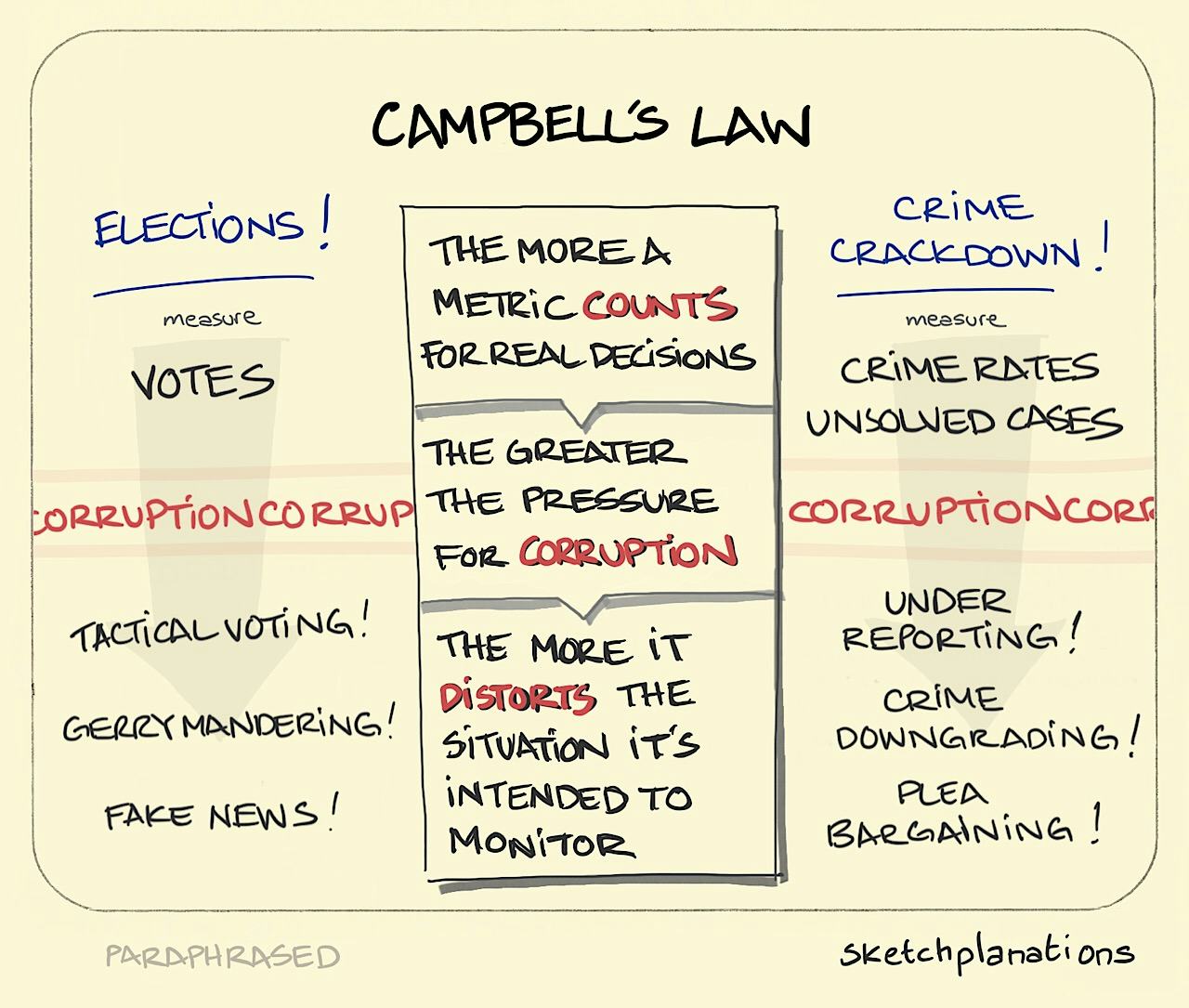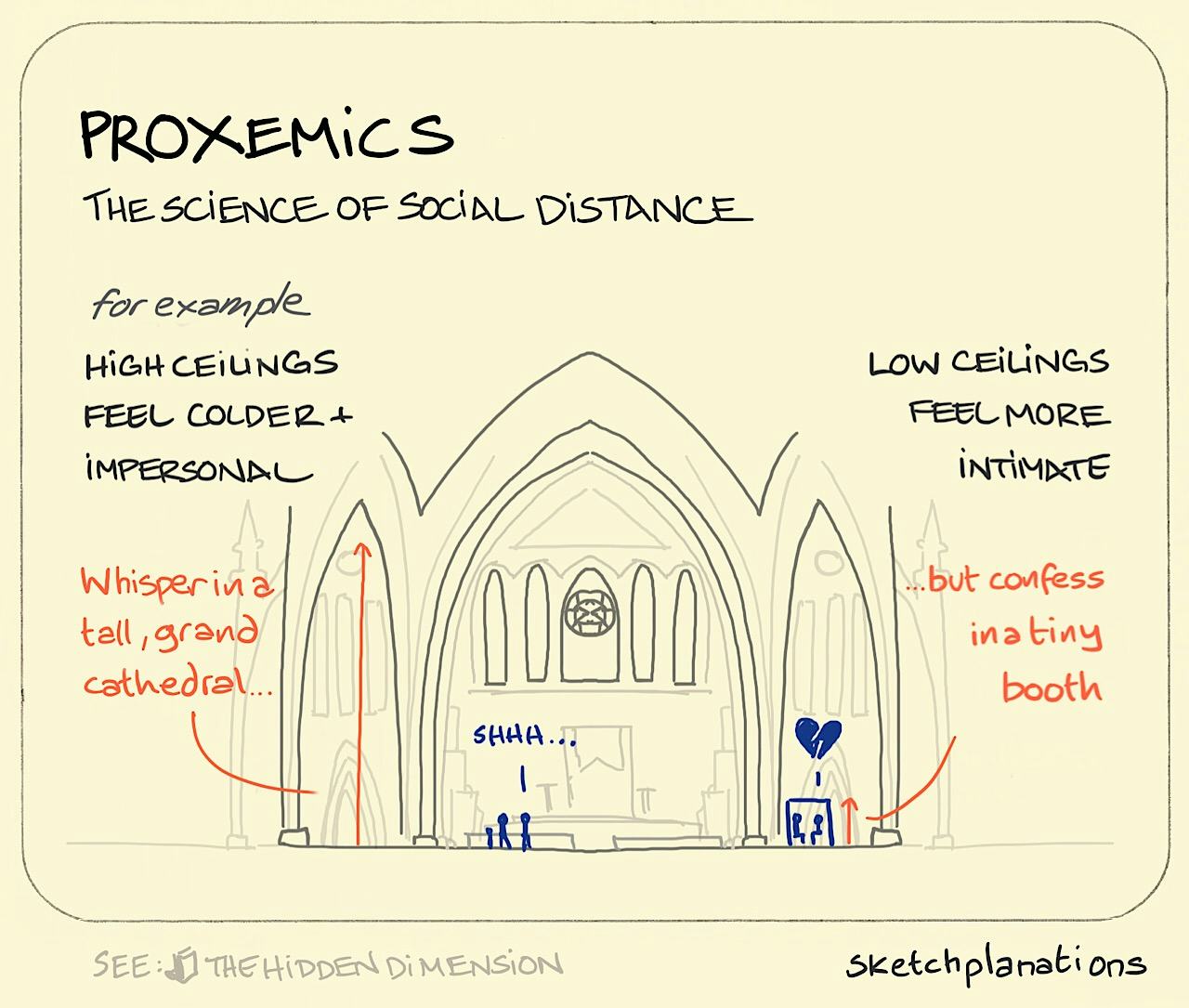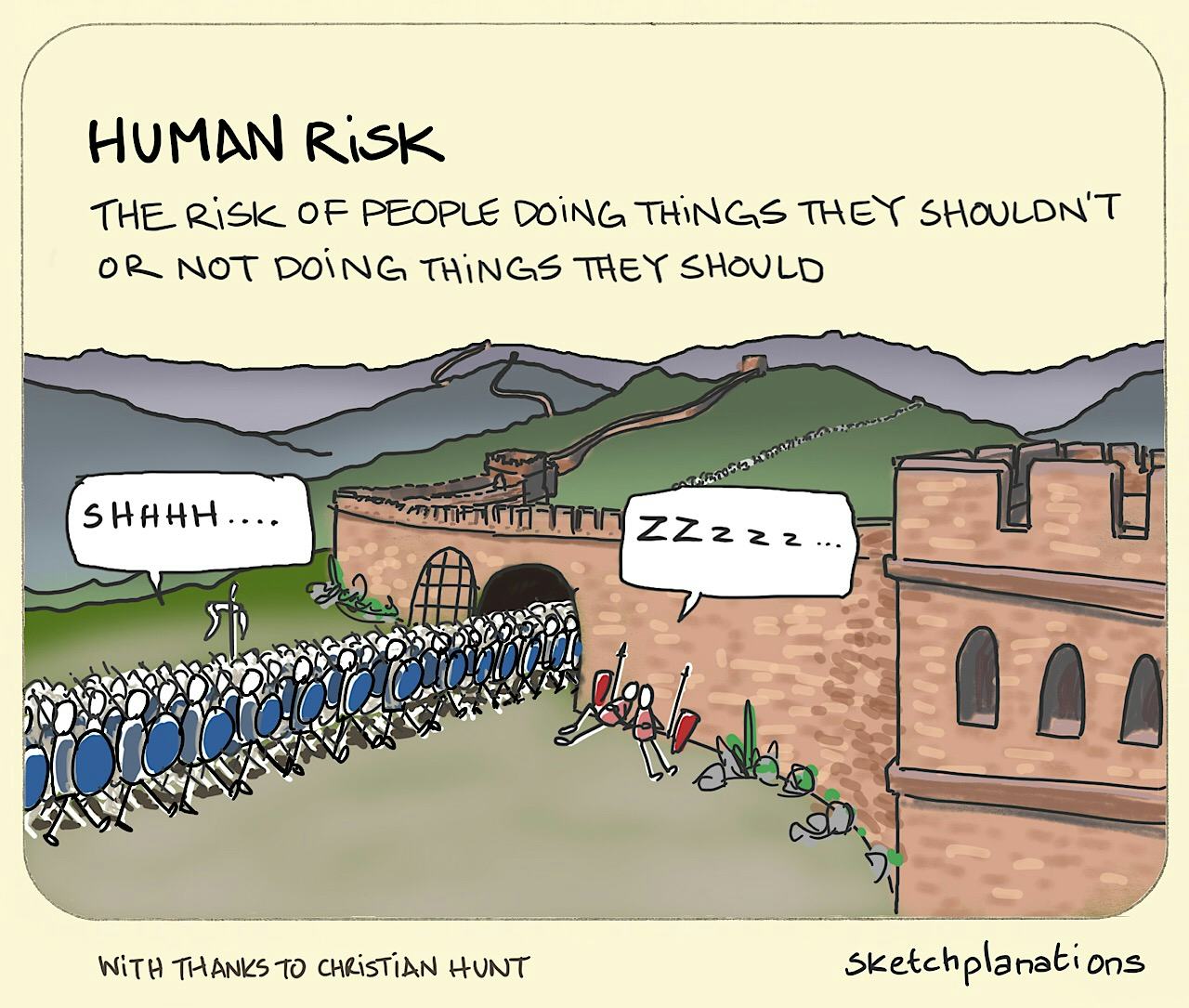Get my new weekly sketch in your inbox
Join over 30,000 people learning something new in a moment each Sunday.

Campbell’s law
Kind of a Goodhart’s law with more explanation, Campbell’s law, rather pessimistically suggests:
The more any quantitative social indicator is used for social decision-making, the more subject it will be to corruption pressures and the more apt it will be to distort and corrupt the social processes it is intended to monitor.
It pretty much seems to work with everything, unfortunately. If you measure the performance of an employment office by the number of cases handled you may get quick but ineffective placements and interviews. If, instead, you measure them on number of persons placed in jobs you may unintentionally drive a focus on placing the simplest cases at the expense of those who most need the service.
When customer support is measured by number of tickets dealt with I’ve heard of writing quick answers that don’t fully solve a question in the knowledge that the customer will soon come back with another ticket to solve.
When policing effectiveness is judged by crimes reported and the number of unsolved cases you may get both under reporting of crimes, and a form of plea bargaining where a criminal may be encouraged to confess to extra crimes — therefore fewer unsolved cases — in exchange for more lenient sentences. Campbell notes that:
It seems to be well documented that a well-publicized, deliberate effort at social change–-Nixon’s crackdown on crime–-had as its main effect the corruption of crime-rate indicators, achieved through underrecording and by downgrading the crimes to less serious classifications.
Measuring schools on attendance encourages creative reasons for children being taken out of school. Assessing learning can quickly become teaching to, and cramming for, the test. When reviews come to dominate purchase decisions pressure increases for fake reviews.
And then there’s elections and voting…
Campbell, Donald, Assessing the Impact of Planned Social Change, Dec 1976. (pdf)
HT: Benjamin Baker who shared it with me when I posted about Goodhart. Also, for alternative sides to what gets measured gets better there’s Seth Godin’s take on Campbell’s law: Speedometer confusion, and Scott Carter’s pithier paraphrasing of Campbell’s law: “What gets measured, gets corrupted.”
You’re welcome to use and share this image and text for non-commercial purposes with attribution. Go wild!
See licence

